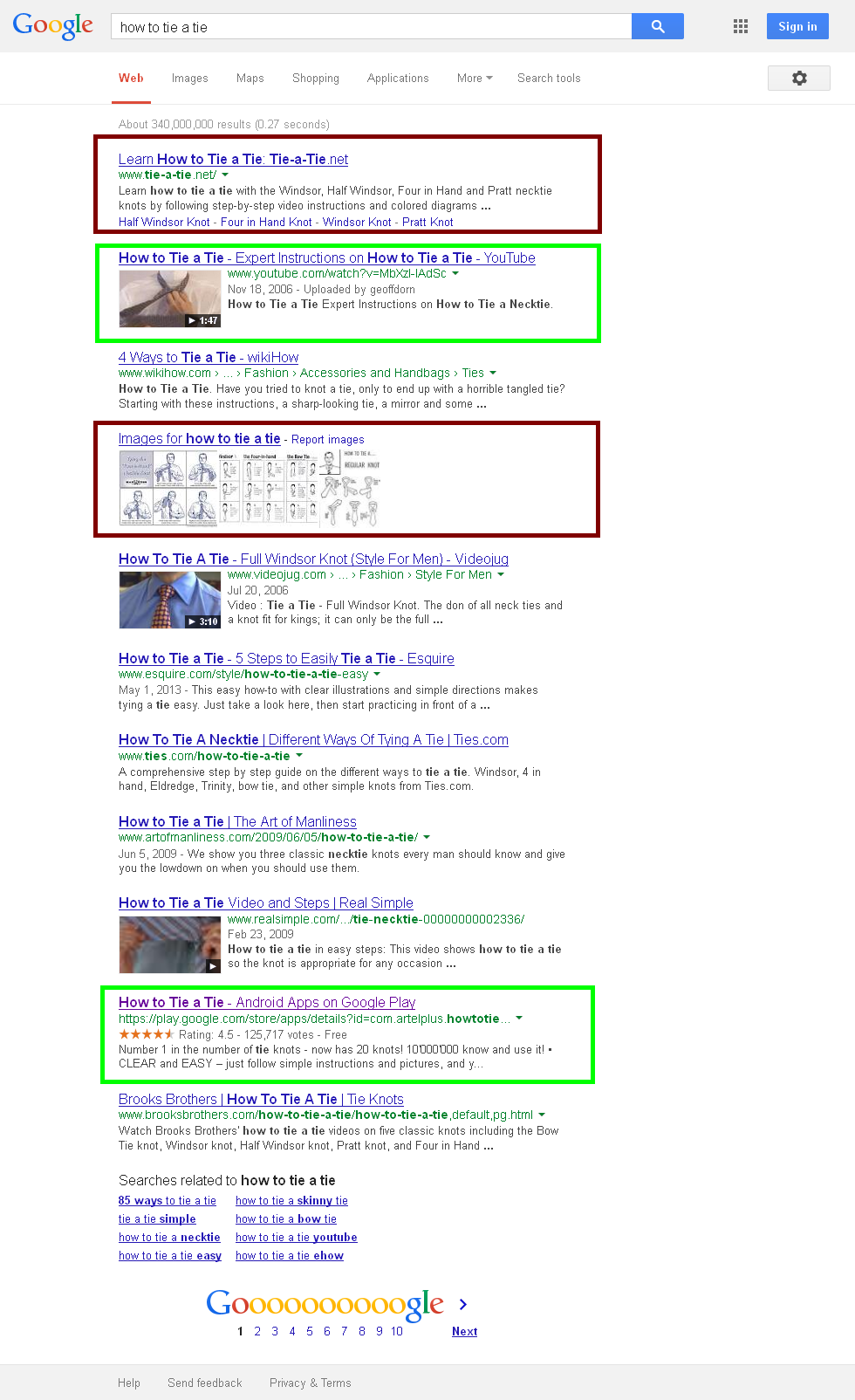Search engines like Google love fresh and new content. As they aim to give their users the most relevant and latest results, their crawlers are always on a lookout for new pages on the web to discover and include in their indices.
How To Optimize Blog Content
Contents on a blog attract not just user traffic but those of the search engine spiders as well. Learn the secrets to optimizing your entries. Here are ten tricks to show you how.
1. It’s all about quality, relevance and uniqueness. Keep them original. Pick trending topics in your industry and breaking news within your niche and you are guaranteed to reach SEO rankings in no time. Make sure that the knowledge you impart is useful and timely. Aim for write-ups that answer common questions or solve people’s problems. Avoid spinning articles for the purpose of quantity.
2. Maximize snippets. Snippets are excerpts that describe your entire article. These brief descriptions are visible on the SERP. The more compelling and attention-grabbing they are, the higher the chance that visitors will click on the link, arrive at your site, and read the full entry.
3. Use eye-catching titles. Your title is the first thing that grabs the users’ attention. Make it descriptive so that your audience need not second guess what the post is all about. Avoid over-optimization and inserting awkward words just for boost SEO score.
4. Apply proper keyword placement and variation. The trick is positioning your key terms near your images to emphasize its importance. Employ varied anchor texts for maximum outcome.
5. Keep the length standard. Ideal number of words range from 400 to 600. Make them concise and spot on.
6. Integrate various media types on your posts. Do not be limited with just text. Upload original photos. Create video tutorials. Insert images, videos, infographic and podcasts to impress an interactive content.
7. Take notice of timing and frequency. The secret lies on posting regularly – 3 to 4 times per week and timing them in where majority of your readers are online. As you do this, the opportunity to get your write-up shared tends to go a little higher too.
8. Allow reverse guest posting. Coordinate with influential bloggers in your field and invite them to write something for your blog. The variety of tone on your posts not only charms new readers but it also increases your credibility as a good resource.
9. Be mindful of errors. This pertains to wrong spelling, punctuation, capitalization and grammar. Keep your content error-free.
10. Use categories and tags. A tag makes it easier for your visitors and search engines to find a specific topic of interest. Hence, do not forget to include this at the end of each post.

